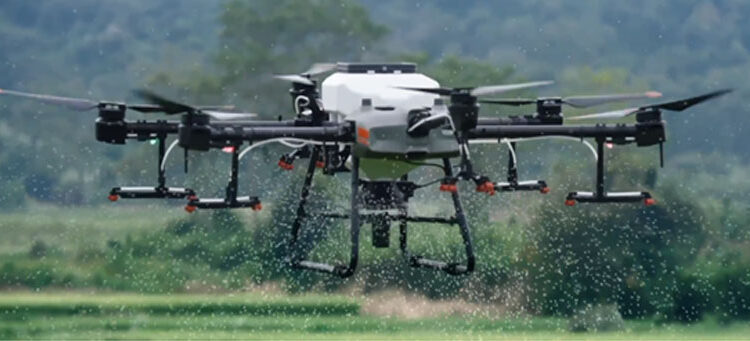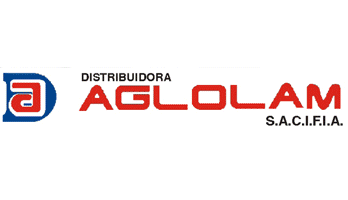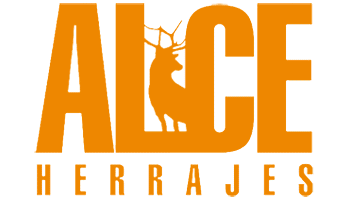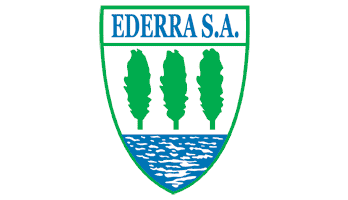
Drones | UAV technology applied to forestry
Reduces occupational risks and increases yields
This type of intervention with drones has the main objective of minimizing the risk of accidents due to falls at the level of workers with back packs, as well as reducing exposure to the use of phytosanitary products, etc. Given the results obtained in Forestal Argentina in the operational tests of the UAV technology, they concluded: "We are facing the future in reforestation."
UAVs, commonly known as drones, have the peculiarity of not having a pilot inside the aircraft, so it is directed by a person or external electronic system, which decides at any time the next step to follow. The pilot's skill, senses and expertise are replaced by highly accurate electronic sensors.

IT MAY INTEREST YOU
 This is the wood that will conquer your home: beauty, resistance and sustainability in a single material
This is the wood that will conquer your home: beauty, resistance and sustainability in a single material
Acacia wood is valued by its durability, natural beauty, easy maintenance and sustainability, which makes it an ideal choice for furniture and decoration, both interior and exterior.
 Success of the Third Internal Fair Tech-Together at Hymmen´s technical center
Success of the Third Internal Fair Tech-Together at Hymmen´s technical center
On October 8 and 9, the third edition of the Tech-Toogher Internal Fair took place, organized in collaboration with other machinery manufacturers in the region. Hymmen was positively surprised by the great interest he aroused, taking into account the difficult market situation: visitors, from several European countries, almost as many as in the last internal fair two years ago, they could closely observe the production technologies at the Internal Technical Center of Rödinghausen. These covered from digital printing technology and printing and coating systems to the Smart2i industrial intelligence solution. Among the novelties were technologies for the production of industrial wood.
 They discover how bacteria help trees to survive drought
They discover how bacteria help trees to survive drought
A new study of the Weizmann Institute of Sciences revealed that microorganisms benefit cypresses to face water scarcity. The result provides tools against increasingly frequent climatic phenomena





















